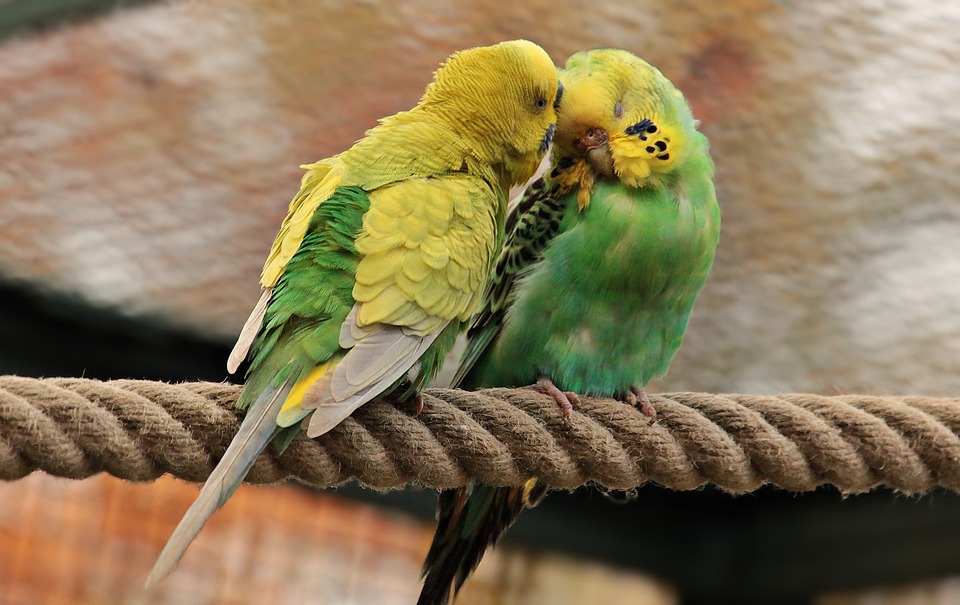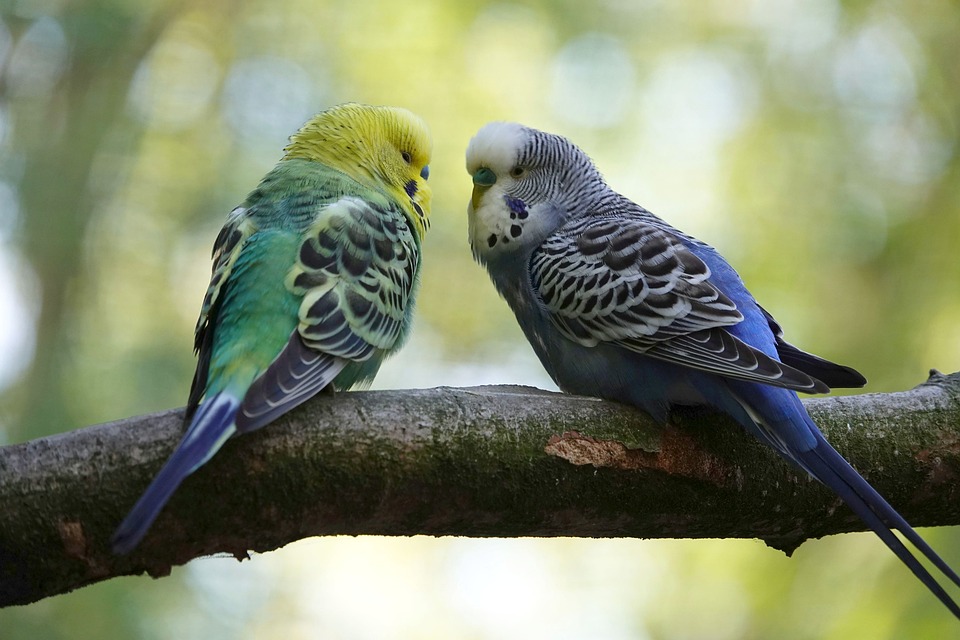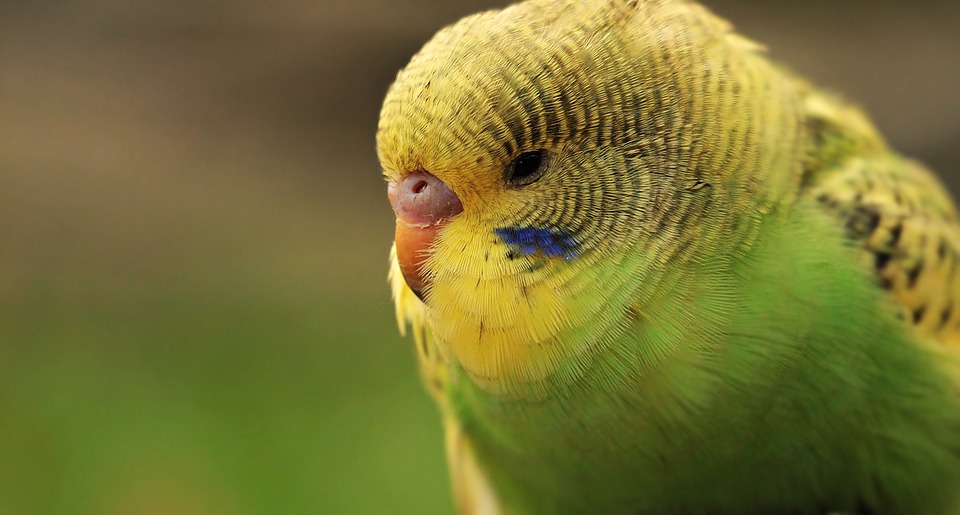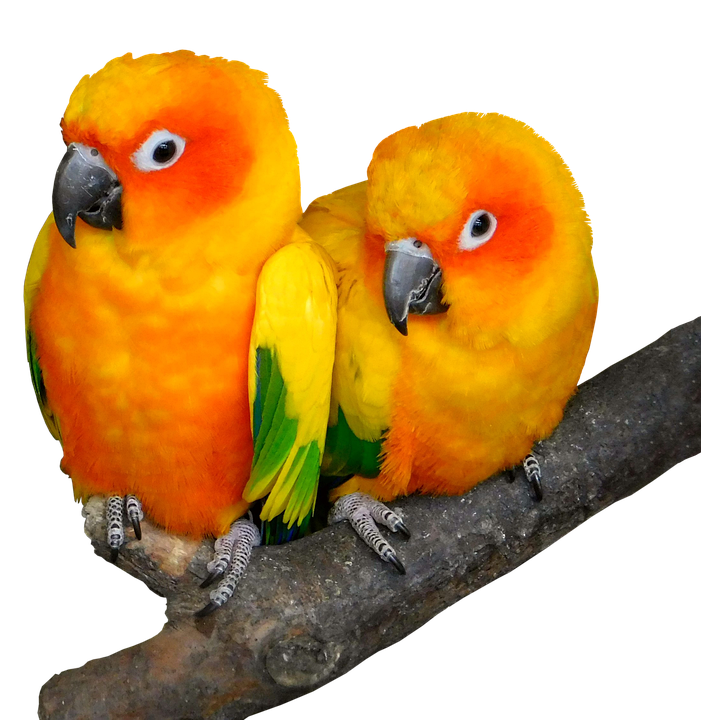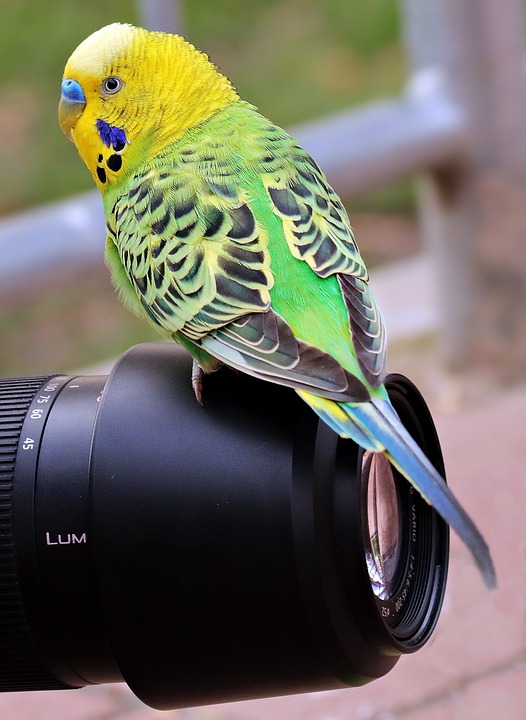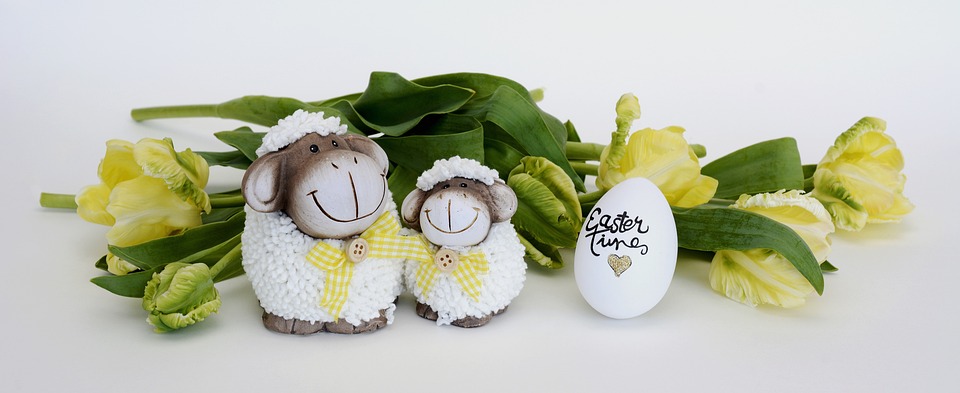Parrots are fascinating creatures known for their vibrant colors, intelligence, and ability to mimic human speech. As social animals, they exhibit various behaviors when encountering strangers. In this article, we will delve into the world of parrot behavior and provide insights into how these magnificent birds react to unfamiliar faces. Furthermore, we will discuss the role of training and socialization in shaping their responses. Let’s dive in!
When confronted with strangers, parrots often display a curious nature. They may observe the new person from a distance, carefully studying their movements, facial expressions, and vocalizations. This initial stage of interaction allows parrots to assess the stranger’s intentions and decide whether they pose any threat.
Parrots are highly vocal creatures, and their reactions to strangers often involve an array of vocalizations. Some parrots may greet strangers with friendly chirps or whistles, signaling their acceptance and willingness to engage. However, others might perceive strangers as a potential threat, leading to defensive or alarm calls. Understanding these vocal cues is crucial in interpreting a parrot’s reaction.
Parrots, like many animals, communicate through body language. When faced with strangers, they may exhibit various physical cues. These can include raised crests, fluffed feathers, or even aggressive postures, such as lunging or biting. Recognizing these signs is essential for ensuring both the parrot’s and the stranger’s safety during interactions.
A parrot’s past experiences significantly influence their reactions to strangers. If they have had positive encounters with unfamiliar people, they are more likely to exhibit friendly and welcoming behavior. Conversely, negative experiences, such as mistreatment or neglect, can lead to fear, aggression, or avoidance.
Proper socialization and training play a vital role in determining how parrots react to strangers. Early exposure to different individuals, environments, and stimuli helps parrots develop confidence and adaptability. Positive reinforcement training techniques can also teach parrots to associate strangers with rewards, reducing fear and fostering positive interactions.
Different parrot species have distinct temperaments and behavior patterns. Some species, like the African Grey Parrot, tend to be more cautious and reserved around strangers, while others, such as the Blue and Gold Macaw, may exhibit more outgoing and friendly behavior. Additionally, individual personalities within a species can greatly influence a parrot’s reactions to strangers.
To make your parrot more comfortable around strangers, gradually introduce them to new people in a controlled environment. Use positive reinforcement techniques, offering treats or praise when they exhibit calm behavior. Avoid forcing interactions and provide a safe retreat option for your parrot if they feel overwhelmed.
If your parrot displays aggression towards strangers, it is crucial to prioritize safety. Consult with an avian behaviorist or an experienced parrot trainer to assess the underlying causes and develop a behavior modification plan. Avoid punishing the parrot, as this can worsen their fear and aggression.
With proper training, socialization, and patience, parrots can often overcome their fear of strangers. It is essential to work at the parrot’s pace, gradually exposing them to new individuals and rewarding positive behavior. However, it’s important to note that some parrots may always exhibit caution around unfamiliar faces.
Understanding how parrots react to strangers is crucial for both their well-being and the safety of others. By recognizing their natural behaviors, considering various influencing factors, and employing positive training techniques, we can help foster positive interactions between parrots and strangers. Remember that each parrot is unique, and patience is key when building trust and confidence.


